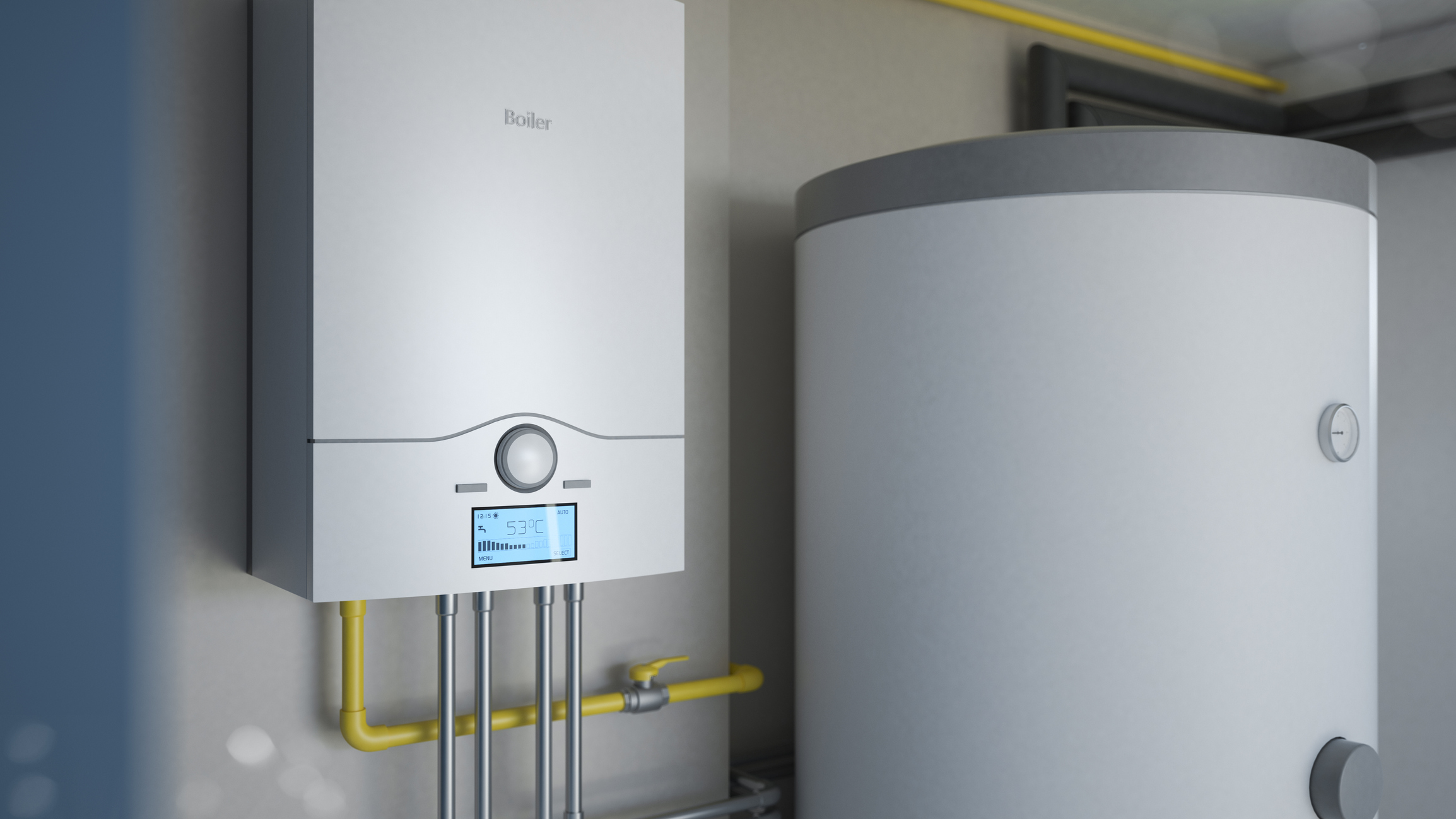Efficient Strategies for Maintaining Your Home's Hot Water System
Efficient Strategies for Maintaining Your Home's Hot Water System
Blog Article
The writer is making a number of great observations regarding How to Maintain a Hot Water Heater in a Few Simple Steps in general in the article directly below.

Warm water is essential for everyday comfort, whether it's for a rejuvenating shower or cleaning recipes. To guarantee your hot water system runs efficiently and lasts much longer, normal maintenance is crucial. This post offers useful ideas and understandings on just how to maintain your home's hot water system to avoid disruptions and expensive repairs.
Introduction
Maintaining your home's hot water system may appear complicated, however with a couple of straightforward steps, you can ensure it operates smoothly for many years to find. This overview covers every little thing from understanding your warm water system to DIY upkeep suggestions and recognizing when to hire specialist assistance.
Relevance of Keeping Your Hot Water System
Regular upkeep not only prolongs the life expectancy of your hot water system yet also ensures it runs effectively. Disregarding upkeep can lead to lowered performance, greater power costs, and also early failure of the system.
Signs Your Hot Water System Demands Maintenance
Recognizing when your warm water system requires attention can stop significant issues. Keep an eye out for indicators such as inconsistent water temperature level, weird sounds from the heater, or corroded water.
Flushing the Hot Water Heater
Flushing your hot water heater gets rid of sediment accumulation, boosting performance and lengthening its life.
Monitoring and Changing Anode Rods
Anode rods stop rust inside the storage tank. Examining and replacing them when broken is critical.
Complex Problems Requiring Expert Assistance
Examples consist of major leakages, electrical issues, or if your hot water heater is consistently underperforming.
Routine Specialist Upkeep Benefits
Expert upkeep can include complete assessments, tune-ups, and ensuring conformity with security standards.
Examining and Adjusting Temperature Level Setups
Changing the temperature level settings makes sure ideal efficiency and security.
Do It Yourself Tips for Maintenance
You can do a number of maintenance jobs yourself to maintain your warm water system in top problem.
Looking for Leaks
Frequently inspect pipelines and connections for leaks, as these can lead to water damages and greater bills.
Understanding Your Hot Water System
Before diving into upkeep jobs, it's handy to understand the basic parts of your warm water system. Usually, this consists of the water heater itself, pipes, anode poles, and temperature level controls.
Month-to-month Upkeep Tasks
Regular month-to-month checks can assist catch small problems before they rise.
Testing Stress Alleviation Valves
Evaluating the stress relief valve ensures it works properly and prevents too much pressure build-up.
Protecting Pipes
Shielding warm water pipes minimizes warmth loss and can save energy.
When to Call a Specialist
While DIY upkeep is useful, some problems need expert knowledge.
Verdict
Regular upkeep of your home's warm water system is crucial for effectiveness, longevity, and cost savings. By complying with these pointers and knowing when to seek expert assistance, you can make certain a reputable supply of hot water without unexpected interruptions.
How to Maintain an Instant Hot Water Heater
Before tinkering with your hot water heater, make sure that it’s not powered on. You also have to turn off the main circuit breaker and shut off the main gas line to prevent accidents. Also turn off the water valves connected to your unit to prevent water from flowing into and out of the appliance. 2. When you’re done, you have to detach the purge valves’ caps. These look like the letter “T†and are situated on either side of the water valves. Doing so will release any pressure that has accumulated inside the valves while at the same time avoid hot water from shooting out and burning your skin. 3. When the purge valves’ caps are removed, you have to connect your hosing lines to the valves. Your unit should have come with three hoses but if it didn’t, you can purchase these things from any hardware or home repair shops. You can also get them from retail stores that sell water heating systems. Read the user’s manual and follow it to complete this task properly. When the hosing lines are connected, open the purge port’s valves. 4. You should never use harsh chemical cleaners or solutions when cleaning your unit. Make use of white vinegar instead. It should be undiluted and you’ll probably use about 2 gallons. 5. Now flush your water heater. This task should probably take about 40 minutes. We can’t give you specific directions for this because the procedure is carried out depending on the type, model and brand of your heater. With that being said, refer to the user’s manual. 6. When you’re done draining the unit, you have to turn off the purge port valves again. Remove the hosing lines that you earlier installed on each of the water valves. Put the valve caps (purge port) back in their respective places and be very careful so as not to damage the rubber discs that are found inside these caps. 7. Now that everything’s back in place, check your user’s manual again to find out how to reactivate your water heating system. 8. Once it is working, turn one of your hot water faucets on just to let air pass through the heater’s water supply pipes. Leave the tap on until water flows smoothly out of it. https://www.orrplumbing.com/blog/2014/september/how-to-maintain-an-instant-hot-water-heater/

I was guided to that article on Tips For Maintaining Your Hot Water Heater from a pal on our other web blog. Are you aware of someone else who is in the market for Tips on Maintaining a Water Heater? Please feel free to share it. Thank you so much for your time invested reading it.
Book An Appointment Report this page